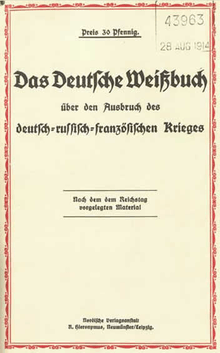White propaganda

The term white propaganda refers to propaganda which does not hide its origin or nature.[1][2] It is the most common type of propaganda and is distinguished from black propaganda which disguises its origin to discredit an opposing cause.
It typically uses standard public relations techniques and one-sided presentation of an argument. In some languages the word "propaganda" does not have a negative connotation. For example, the Russian word, propaganda (пропаганда) has a neutral connotation, similar to the English word "promotion" (of an opinion or argument). Jacques Ellul, in one of the major books on the subject of propaganda, Propaganda: The Formation of Men's Attitudes, mentions white propaganda as an acknowledgment of the awareness of the public of attempts being made to influence it. In some states there is a Ministry of Propaganda, for instance; in such a case, one admits that propaganda is being made, its source is known, and its aims and intentions are identified.[3] Throughout the course of a propaganda campaign, however, white propaganda may serve as a cover for black propaganda when the propagandist seeks to mask the latter.
See also
References
- ↑ http://usmilitary.about.com/od/glossarytermsw/g/w6811.htm
- ↑ http://www.nls.uk/propaganda/white/index.html
- ↑ Ellul, Jacques (1965). Propaganda: The Formation of Men’s Attitudes, p. 16.Trans. Konrad Kellen & Jean Lerner. Vintage Books, New York. ISBN 978-0-394-71874-3.
External links
- On The Craft of Intelligence, Frank G. Wisner, CIA, 22 SEPT 93